- عنوان کتاب: Artificial Intelligence of Neuromorphic Systems – From Digital, Analogue, Quantum, and Brain-Oriented Computing to Hybrid AI
- نویسنده: Klaus Mainzer
- حوزه: هوش مصنوعی ترکیبی
- سال انتشار: 2025
- تعداد صفحه: 436
- زبان اصلی: انگلیسی
- نوع فایل: pdf
- حجم فایل: 5.1 مگابایت
این کتاب درباره سیستمهای نورومورفیک بهعنوان یک فناوری آینده بحث میکند که به سمت بهرهوری انرژی مغزهای طبیعی میرود. بهره وری انرژی یک ادعای چشمگیر در زمان چالش های زیست محیطی و اقلیمی است که باید اهداف پایداری سازمان ملل متحد (UN) را در نظر گرفت. از نظر ریاضی، محاسبات نورومورفیک به محاسبات آنالوگ (“واقعی”) متصل است که حداقل از نظر تئوری بر محدودیتهای محاسبهپذیری تورینگ دیجیتال غلبه میکند. بنابراین، این کتاب همچنین علوم مواد و علوم مهندسی را در نظر می گیرد که شروع به تحقق محاسبات نورومورفیک در سخت افزار می کنند. سایر فرمالیسمهای ریاضی مانند مکانیک کوانتومی نیز راهحلهای جدیدی (مثلاً محاسبات کوانتومی) را فراتر از محدودیتهای محاسبهپذیری تورینگ دیجیتال باز میکنند. این زمینههای تحقیقاتی دیگر تنها مورد توجه نظری نیستند، بلکه نویدبخش افزایش قدرت نوآوری مورد علاقه بازار هستند. با این وجود، محاسبات نورومورفیک با سوالات عمیق منطقی، ریاضی و معرفتی مرتبط است. آیا راه های جدیدی را به روی هوش مصنوعی عمومی (AGI) باز می کند؟ همه این گرایش های تحقیق و نوآوری نشان می دهد که ما به تحقیقات یکپارچه تر در مبانی منطق، ریاضیات، فیزیک، علوم مهندسی، علوم شناختی و فلسفه نیاز داریم. این کتاب درخواستی برای این نوع تحقیق است. تحقیقات یکپارچه نیاز به همکاری بین رشته ای دارد. من از همکارانم در خوشه آینده BMBF سیستمهای عصبی هوش مصنوعی در RWTH آخن که توسط وزارت تحقیقات و آموزش آلمان (BMBF) پشتیبانی میشود، تشکر میکنم. علاقه من به علم سیستم های پیچیده مرا با لئون چوا (UC Berkeley)، مخترع ممریستور، که سال ها پیش با او در مورد موضوعات نورومورفیک منتشر کرده بودم، گرد هم آورد. همچنین از همکارانم در مدرسه فارغ التحصیلی بین المللی در مورد “اثبات و محاسبات” در مونیخ، که در آن سال ها سوالات اساسی منطق، ریاضیات و علوم کامپیوتر را در نظر گرفته ایم، تشکر می کنم. آخرین اما نه کم اهمیت، چندین همکاری در زمینه محاسبات کوانتومی و منطق کوانتومی در دانشگاه فنی مونیخ (TUM) الهام بخش بسیاری شد.
This book argues for neuromorphic systems as a technology of the future, which are oriented towards the energy efficiency of natural brains. Energy efficiency is a dramatic claim in times of environmental and climate challenges which should consider the sustainability goals of the United Nations (UN). Mathematically, neuromorphic computing is connected to analog (“real”) computing that overcomes the limits of digital Turing computability at least theoretically. Therefore, the book also considers material sciences and engineering sciences which start to realize neuromorphic computing in hardware. Other mathematical formalisms such as quantum mechanics also open up new solutions (e.g., quantum computing) beyond the limits of digital Turing computability. These research fields are no longer only of theoretical interest, but they promise increasing innovation power of market interest. Nevertheless, neuromorphic computing is connected with deep logical, mathematical, and epistemic questions. Does it open new avenues to Artificial General Intelligence (AGI)? All these tendencies of research and innovation demonstrate that we need more integrated research in the foundations of logic, mathematics, physics, engineering sciences, cognitive science, and philosophy. This book is a plea for this kind of research. Integrated research needs interdisciplinary cooperation. I thank my colleagues from the BMBF future cluster of Neuromorphic Systems AI at the RWTH Aachen which has been supported by the German Ministry of Research and Education (BMBF). My interest in complex systems science brought me together with Leon Chua (UC Berkeley), the inventor of the memristor, with whom I already published on neuromorphic topics many years ago. Thanks also to my colleagues from the international graduate school on “Proof and Computation” in Munich, in which we have considered foundational questions of logic, mathematics, and computer science for many years. Last but not least, several cooperations on quantum computing and quantum logic at the Technical University of Munich (TUM) gave a lot of inspiration.
این کتاب را میتوانید از لینک زیر بصورت رایگان دانلود کنید:
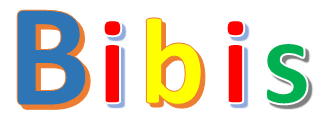


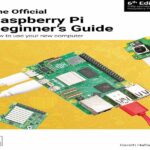


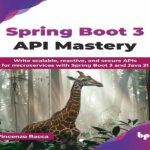




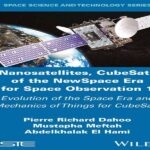
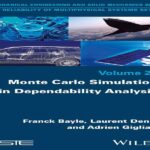
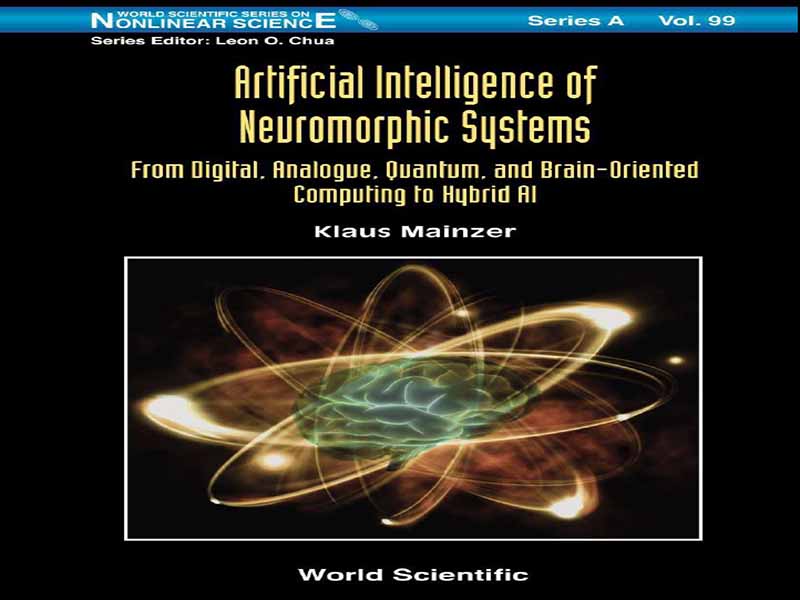
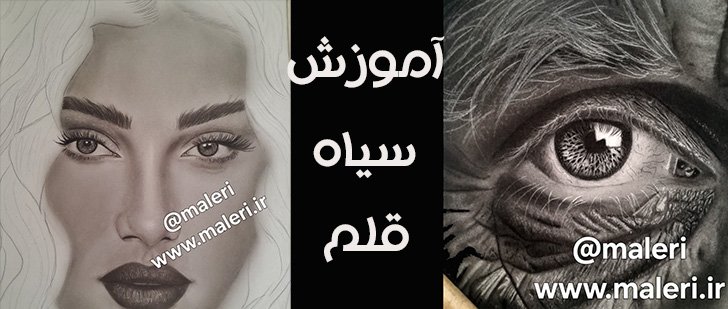

















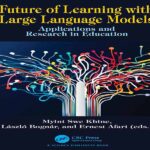

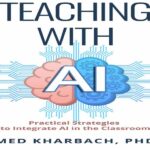

نظرات کاربران